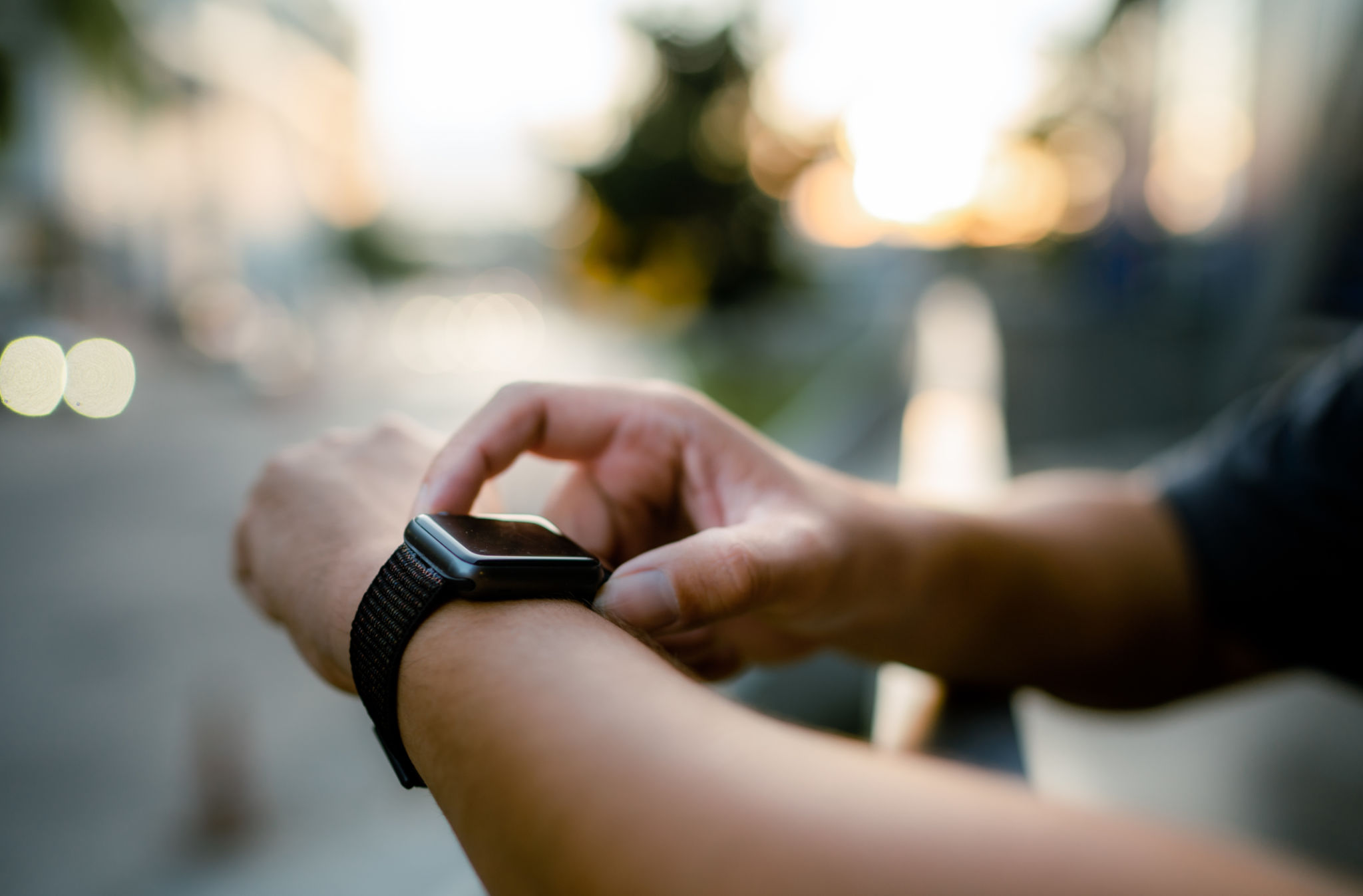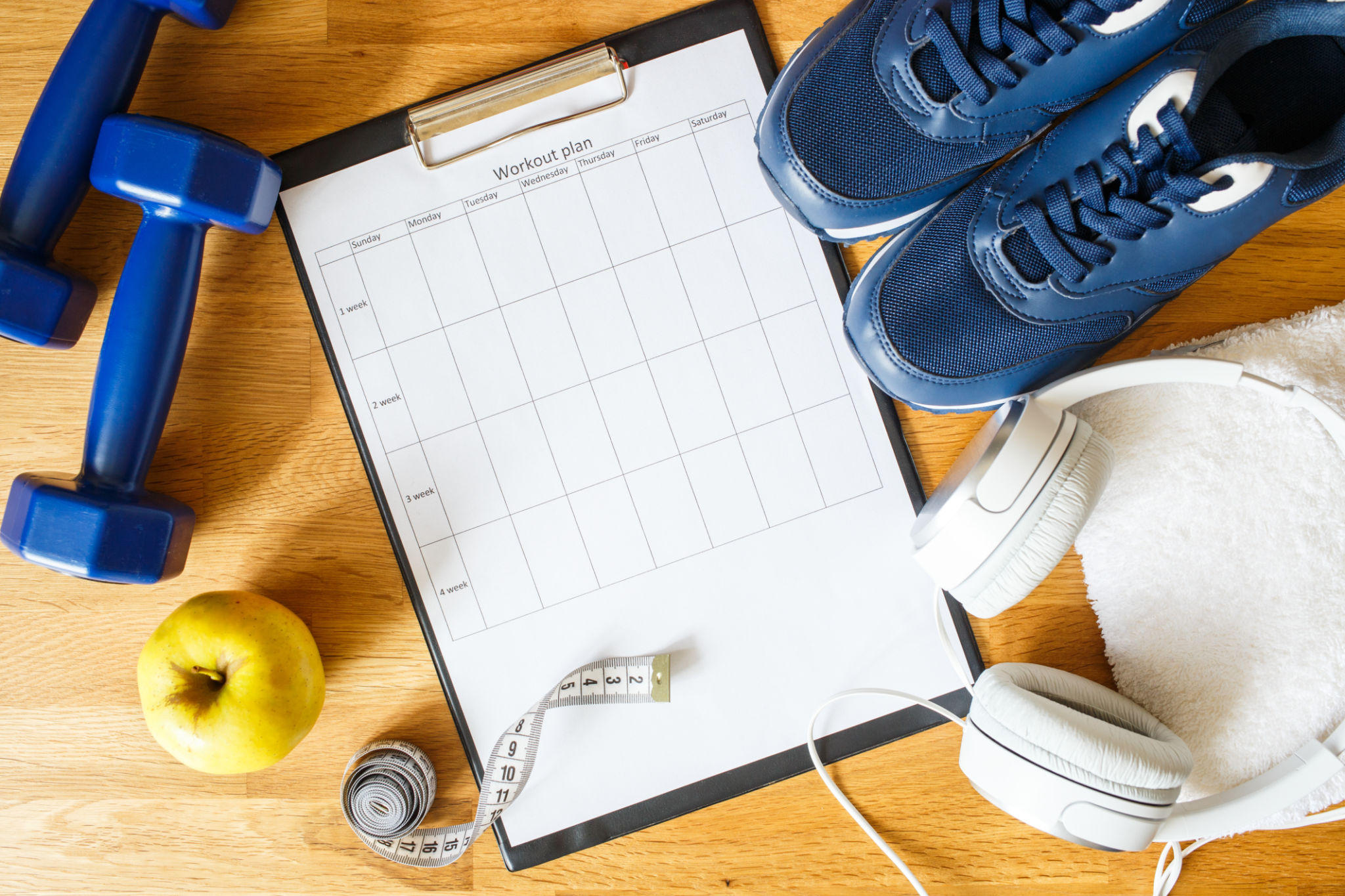Seasonal Training Tips: Using Wearables to Optimize Recovery in Youth Athletes
Integrating Wearables into Youth Athlete Training
In recent years, wearable technology has transformed how athletes approach training and recovery. For youth athletes, incorporating wearables can significantly enhance their performance by optimizing recovery processes. These devices, ranging from smartwatches to heart rate monitors, provide invaluable data that can guide tailored recovery strategies.
Wearables allow athletes and coaches to monitor real-time metrics such as heart rate variability, sleep patterns, and physical activity levels. By analyzing this data, they can make informed decisions about the intensity and duration of training sessions, ensuring that young athletes do not overtrain and are adequately recovering.

Understanding Recovery Metrics
To effectively use wearables for optimizing recovery, it's essential to understand the key metrics they provide. One critical metric is heart rate variability (HRV), which measures the variation in time between heartbeats. A higher HRV is often associated with better recovery and overall fitness levels. Monitoring HRV can help identify when an athlete is fatigued and needs rest.
Another valuable metric is sleep tracking. Quality sleep is crucial for recovery, as it allows the body to repair and regenerate. Wearables can track sleep stages, duration, and disturbances, providing insights into how well an athlete is resting. Based on this data, adjustments can be made to improve sleep quality, such as implementing a consistent bedtime routine or reducing screen time before bed.

Implementing Wearable Data into Training Plans
Once the data is collected, the next step is integrating it into a comprehensive training plan. Coaches can use wearable data to customize training loads and schedules based on individual recovery needs. For instance, if a wearable indicates that an athlete's HRV is low and sleep quality is poor, it may be prudent to reduce the intensity of the next training session.
Moreover, wearables can help in setting personalized performance goals. By regularly monitoring progress, young athletes can stay motivated and focused on achieving specific targets. This approach not only improves performance but also fosters a healthier relationship with sports by emphasizing recovery as much as exertion.

Encouraging Smart Recovery Practices
Wearables are not just about collecting data; they also encourage young athletes to adopt smarter recovery practices. Many devices offer guided breathing exercises or relaxation techniques that can be used post-training to aid recovery. These practices can help in reducing stress and promoting mental well-being, which is equally important in an athlete's development.
In addition to using wearables, incorporating other recovery modalities such as nutrition, hydration, and active recovery exercises can further enhance the benefits. Educating young athletes on the importance of these aspects complements the data-driven insights provided by wearables.
The Future of Wearable Technology in Youth Sports
As technology continues to evolve, the potential for wearables in youth sports is vast. Future innovations may include even more granular data collection and analysis capabilities, offering deeper insights into an athlete's physiological responses. This could lead to even more effective training and recovery protocols tailored to individual needs.
For parents and coaches, investing in wearable technology for youth athletes represents a commitment to their long-term health and performance. By optimizing recovery through data-driven strategies, young athletes are better equipped to reach their full potential while minimizing the risk of injury.